In this article, we explore the fascinating evolution of RV trailers over the decades, highlighting key milestones and innovations in an industry now worth billions of dollars. For anyone who has enjoyed traveling in an RV trailer, it’s incredible to see how far these vehicles have come.
The first mass-produced motorhome, the Pierce-Arrow Touring Landau, debuted in 1910. This single-axle cabin, towed by a car, featured an efficient interior with two benches—one convertible into a bed—and a small toilet and washbasin tucked under the other bench.
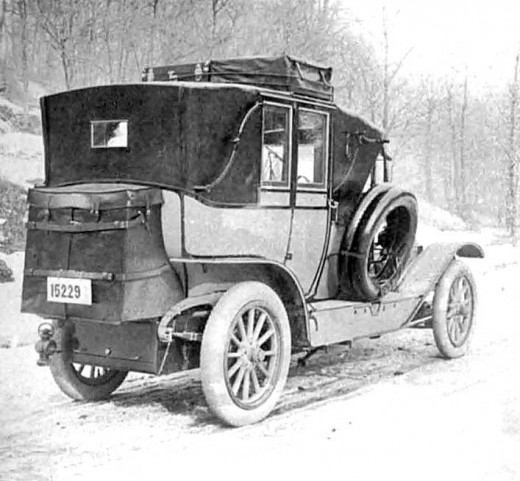
In the 1920s and 1930s, the United States witnessed the rise of motorhomes and trailers, driven by a growing desire for mobility and comfort. A standout from this era was the Curtiss Aerocar, designed by Glenn Curtiss in the late 1920s. Dubbed “land yachts,” these luxurious vehicles boasted modern amenities, ideal for long-distance travel.
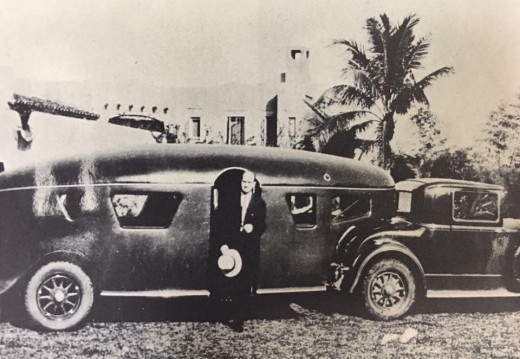
The 1930s were pivotal for RV trailer design. As families sought affordable travel options during the Great Depression, streamlined designs using lightweight materials became popular. Features like sleeping areas, compact kitchens, and improved ventilation made models such as the Covered Wagon and Curtiss Aerocar symbols of adventure and resilience.
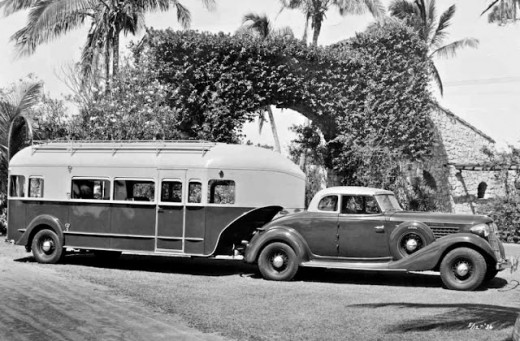
The 1940s brought significant changes, influenced by World War II and the post-war boom:
Notable models included the Hunt House Car (1940), a hybrid car and living space, and the Airstream Clipper, an iconic aluminum trailer synonymous with road trips.
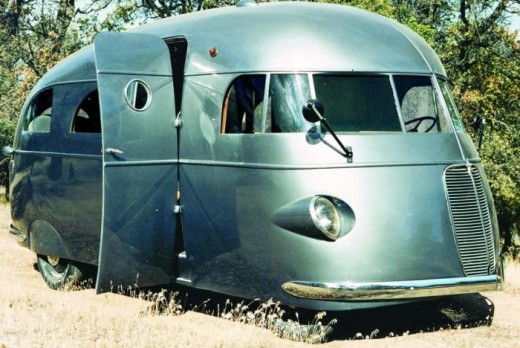
The 1950s marked a golden age for the RV industry, fueled by economic prosperity and a passion for travel. RVs became more spacious and comfortable, featuring full kitchens, bathrooms, and sleeping areas. Popular models included:
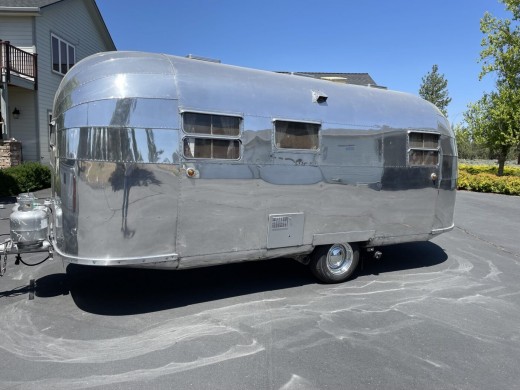
In the 1960s, RV manufacturers embraced technological advances to create lighter, more aerodynamic trailers while maintaining comfort and functionality. New layouts catered to the needs of families and solo travelers alike.
Popular models included:
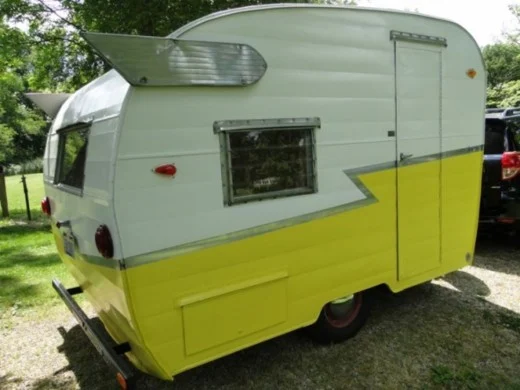
The 1970s brought innovations that improved RV comfort and functionality. Spacious layouts, better climate control, and modern kitchens and bathrooms became standard. Exterior designs reflected the era’s trends, showcasing individuality.
Top models of the decade included:
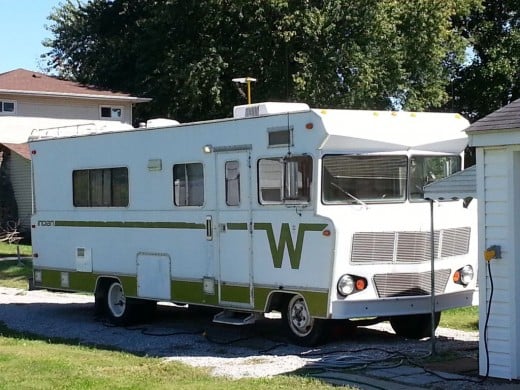
The 1980s saw RVs evolve with better insulation, efficient heating, and cooling systems, as well as expanded kitchen and bathroom spaces. Aerodynamic designs helped improve fuel efficiency.
Popular models included:
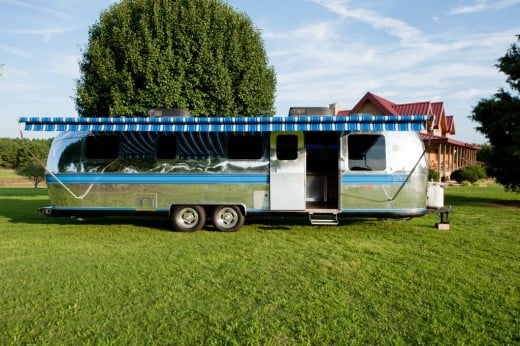
In the 1990s, RVs incorporated technological innovations to enhance comfort and convenience. Slide-out sections significantly expanded interior space, and modern appliances made life on the road feel more like home.
Notable models included:
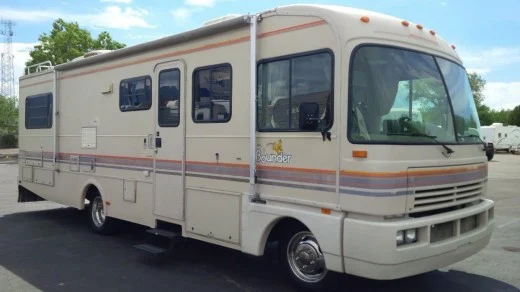
In conclusion, each decade introduced innovations that set the stage for modern RV travel, transforming simple trailers into sophisticated homes on wheels. Exploring the evolution of these vehicles offers a glimpse into American ingenuity, culture, and the timeless love of travel.
Note: The images in our blog are used exclusively for educational or informational purposes. If you find a photograph that infringes on your copyright, please contact us, and we will remove it.